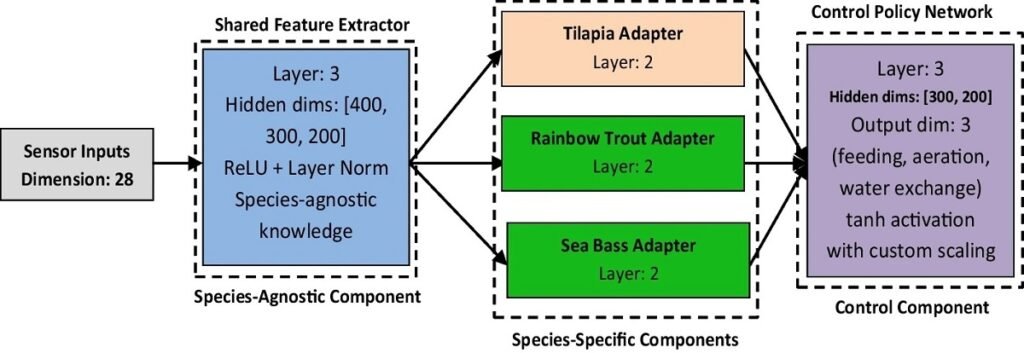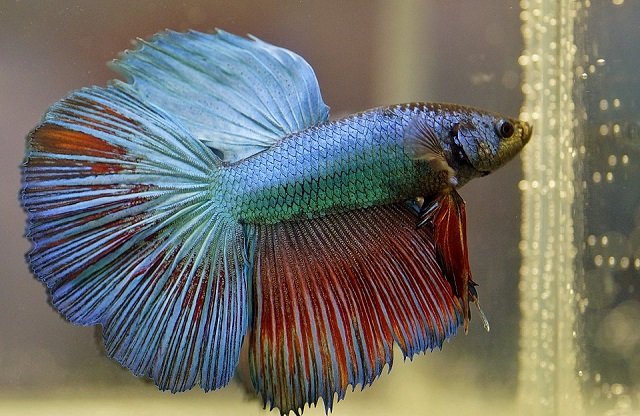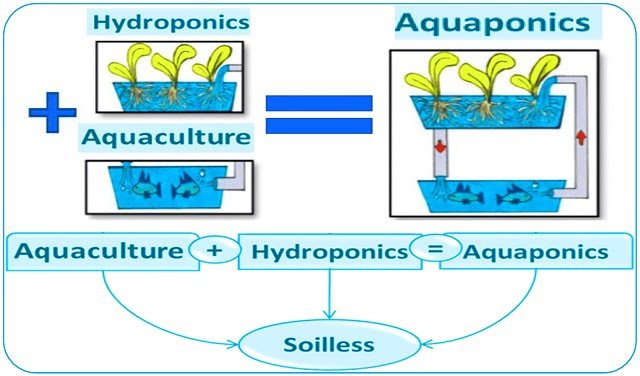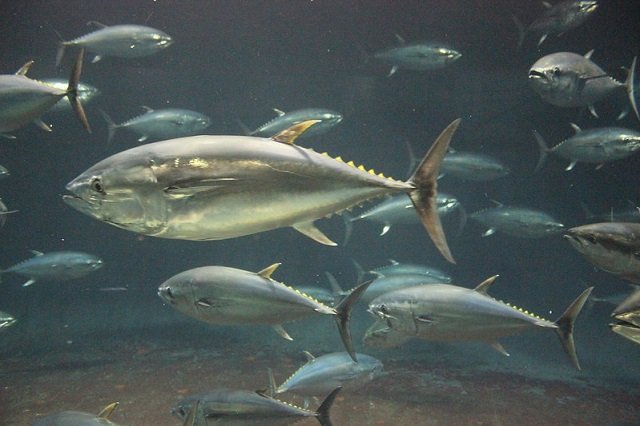
Recirculating Aquaculture Systems (RAS) represent one of the most promising avenues for the sustainable production of fish and seafood. However, the industry faces a significant obstacle that hinders its flexibility and profitability: the difficulty of adapting intelligent control systems to new species. Traditionally, this process requires 45 to 60 days of data collection and retraining, a costly period that limits producers’ ability to respond to market demands.
A new study by scientists from Prince Sattam Bin Abdulaziz University, Kafrelsheikh University, the University of Miskolc, Taif University, and Aswan University introduces an innovative framework that combines transfer learning and federated intelligence to overcome this fundamental challenge. The results are transformative: the system can be adapted to a new species with only 14 days of data, implementation costs are reduced by up to 76%, and collective performance across facilities is enhanced without compromising data privacy.
Key findings
- The technology reduces the time needed to adapt an intelligent control system to a new species from 45-60 days to just 14 days.
- Implementation costs for facilities managing four or more species are 76% lower compared to developing individual systems for each one.
- Federated intelligence allows multiple farms to improve their AI models jointly, achieving a 23.5% increase in collective performance without sharing private operational data.
- The technological framework demonstrates a rapid return on investment, ranging from 4 to 14 months, validating its commercial viability for various production scales.
The challenge: The rigidity of smart systems in multispecies aquaculture
RAS facility operators face pressure to diversify their production to mitigate risks and capitalize on market opportunities. However, each species has unique physiological requirements. For example, tilapia prefer warm water (28–30 °C), whereas rainbow trout require cold water (12–18 °C) and higher oxygen levels.
This biological diversity necessitates that intelligent controllers, based on deep reinforcement learning, be retrained from scratch for each new species. This process not only consumes time and resources but also causes operational disruptions, creating a significant economic barrier to multispecies aquaculture.
The solution: A dual-strategy AI approach
To solve this problem, the researchers developed a modular neural network architecture that separates general knowledge from species-specific knowledge, combining two cutting-edge AI concepts.
Transfer learning: Not starting from scratch
Transfer learning allows an AI model trained for one task (or species) to apply that knowledge to learn a new task much more quickly. In this study, an architecture with two main components was designed:
- Shared feature extractor: This module learns the universal principles of RAS dynamics (such as the nitrogen cycle or hydraulics), which are independent of the cultured species. This “species-agnostic” knowledge is frozen and reused.
- Species-specific adapters: These are small modules that take the general knowledge and translate it to the specific physiological requirements of tilapia, trout, or sea bass. Only these adapters are retrained with a small amount of data from the new species.
This approach avoids retraining the entire system, drastically reducing the required time and data.
Federated intelligence: Collaborating without competing
Federated intelligence (or federated learning) enables multiple aquaculture facilities to collaborate on improving a global AI model without sharing their private operational data. In the study:
Stay Always Informed
Join our communities to instantly receive the most important news, reports, and analysis from the aquaculture industry.
- Each of the five RAS facilities trained its model locally.
- Instead of sending raw data, they only shared model “updates” or “learnings” with a secure central server.
- The server aggregated these updates and sent back an improved model to all facilities.
This method ensures information privacy—a crucial aspect in a competitive sector—while accelerating learning and optimization for all participants.
Faster, more economical, and collaborative RAS adaptation
The study, conducted across five commercial RAS configurations and with three key species (tilapia, rainbow trout, and European sea bass), yielded compelling results.
Unprecedented adaptation efficiency
The transfer learning framework achieved 87.3% of optimal performance with just 14 days of data from the new species. This represents an average time saving of over 31 days compared to traditional methods, marking a 74% improvement in adaptation efficiency.
Interestingly, knowledge transfer was more efficient between physiologically similar species, such as from rainbow trout to European sea bass, which reached 91.2% of optimal performance in 14 days. Even in the most challenging case (from tilapia to trout), the system achieved over 83% efficiency, demonstrating its robustness.
Clear economic benefits and a rapid return on investment
The economic analysis confirmed the technology’s commercial viability. Implementation costs for facilities cultivating multiple species were significantly reduced:
- 47% reduction for two species.
- 62% reduction for three species.
- 76% reduction for four or more species.
Furthermore, the system generated estimated annual operational benefits of $203,000 per 1000 m³ of capacity, thanks to improvements in the feed conversion rate (12.3%), growth rate (8.7%), disease reduction (32.7%), and lower energy and labor consumption.
The return on investment (ROI) is remarkably fast, ranging from 4 to 14 months, depending on the facility’s size and the number of species cultivated.
The power of collaborative learning
Federated intelligence proved to be a powerful catalyst for improvement. After joining the federated network, all facilities experienced accelerated performance enhancement. On average, collective performance improved by 23.5% compared to systems that learned in isolation.
Facilities with more complex systems and initially lower performance benefited the most, demonstrating that this approach democratizes access to knowledge and best operational practices.
Implications for the aquaculture producer
This research extends beyond the academic sphere and offers tangible solutions for producers:
- Flexibility to respond to the market: The ability to switch species in just two weeks allows producers to adapt quickly to price fluctuations and consumer demand.
- Diversification and risk reduction: Cultivating multiple species becomes economically viable, reducing dependency on a single market and protecting against species-specific disease outbreaks.
- Access to advanced technology: Lower implementation costs and a rapid ROI make precision aquaculture accessible not only to large corporations but also to medium-scale operations.
- Continuous improvement without exposing data: Producers can benefit from the operational experience of other farms to optimize their own systems without sharing sensitive information.
Conclusion
The development of this artificial intelligence framework, which integrates transfer learning and federated intelligence, represents a paradigm shift for RAS management. By removing the barrier of inter-species adaptation, this technology not only enhances efficiency and profitability but also fosters a more flexible, diversified, and collaborative aquaculture model. This advancement paves the way for wider adoption of precision aquaculture, supporting the sustainable intensification needed to meet growing global protein demand.
Contact
Abdallah Elshawadfy Elwakeel
Agricultural Engineering Department, Faculty of Agriculture and Natural Resources, Aswan University
Aswan, Egypt
Email: abdallah_elshawadfy@agr.aswu.edu.eg
Reference (open access)
Alnemari, A.M., Elmessery, W.M., Szűcs, P. et al. Enhanced transfer learning and federated intelligence for cross-species adaptability in intelligent recirculating aquaculture systems. Aquacult Int 33, 564 (2025). https://doi.org/10.1007/s10499-025-02212-4
Editor at the digital magazine AquaHoy. He holds a degree in Aquaculture Biology from the National University of Santa (UNS) and a Master’s degree in Science and Innovation Management from the Polytechnic University of Valencia, with postgraduate diplomas in Business Innovation and Innovation Management. He possesses extensive experience in the aquaculture and fisheries sector, having led the Fisheries Innovation Unit of the National Program for Innovation in Fisheries and Aquaculture (PNIPA). He has served as a senior consultant in technology watch, an innovation project formulator and advisor, and a lecturer at UNS. He is a member of the Peruvian College of Biologists and was recognized by the World Aquaculture Society (WAS) in 2016 for his contribution to aquaculture.




